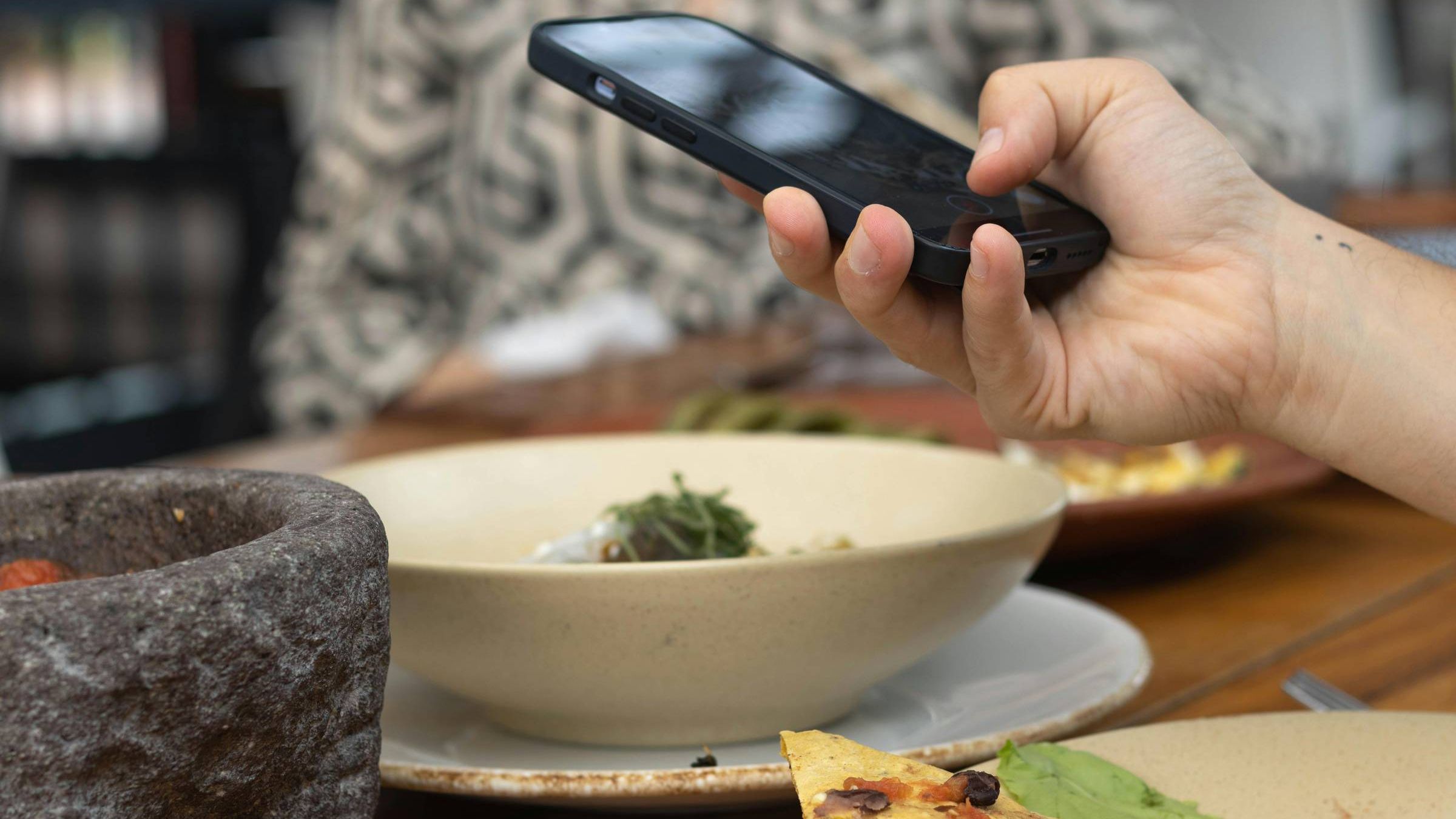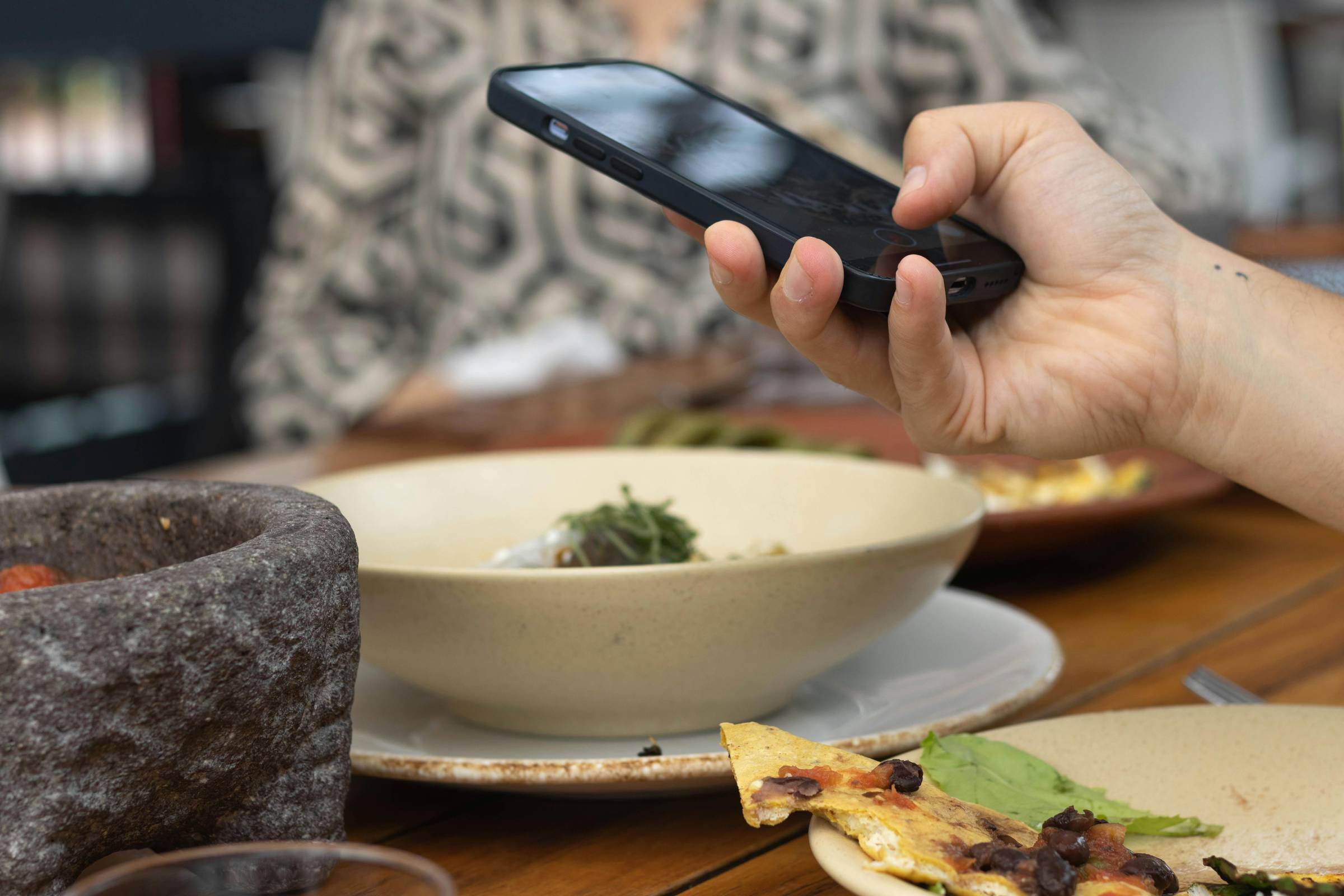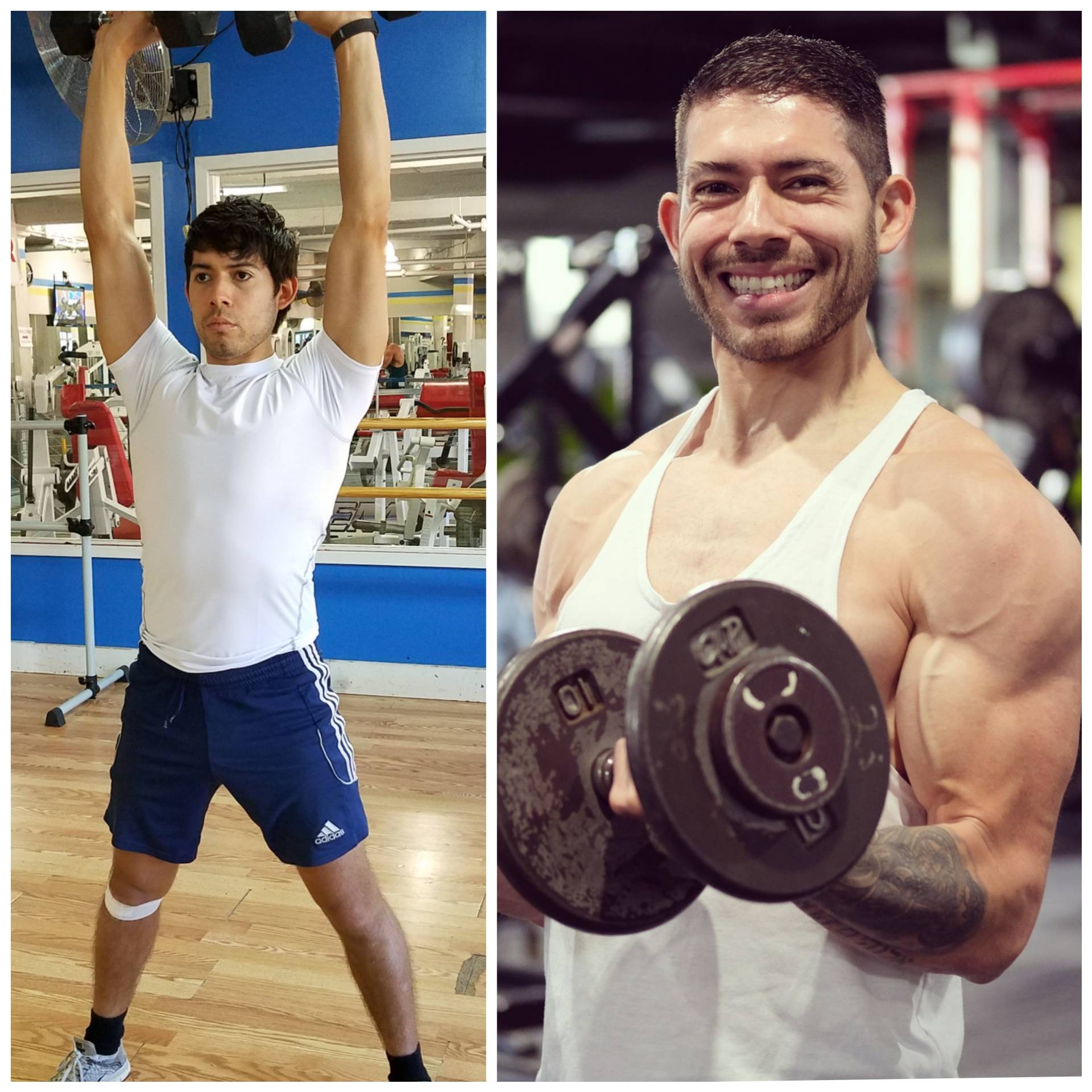Edition #171: How to eat, muscle-building potential, and become a scientist
Oct 30, 2025
Welcome to 1-3-1 Fridays, my weekly newsletter, where I reveal evidence-based strategies to get lean, strong, and create optimal health.
You'll receive one personal health insight, three actionable tips, and one concrete action step. Let's dive in.
What's in store for today:
- How to eat for optimal fat-loss (aka dropping weight).
- How much muscle can you really build over the long term?
- The reason why you should become your own health scientist.
Long before I became vegan, muscle was on my mind.
In fact, it was a big goal of mine for years, especially as a skinny, scrawny youth.
When I first joined my gym at the age of 19, I had already been working out for a few years.
I had even done a few gym sessions, but this was the first time I bought my own gym membership and started going by myself.
I recently read my first bodybuilding book, A Book of Muscle. It inspired me to start lifting regularly. So I did.
Years later, I had a few college drop-out moments. My first attempt was to play semi-pro soccer, which failed due to my fixed mindset.
Later, I left school because of poor major choices. Eventually, I reconnected with fitness.
I had always stayed connected with fitness in my early to mid-20s. I saw an ad for a NASM personal trainer certification while on vacation in Puerto Rico, and something clicked.
All of a sudden, my interest in muscle-building was reignited.
Years later, when I became vegan, I was even more interested. Could you build muscle while fully fueled by plants?
What if you lost strength?
How sustainable was muscle-building on a vegan diet?
Was it easier or harder than eating an omnivorous diet to build muscle?
These and more questions started to pop into my head.
At this point, I was a fitness professional early in my career. I wanted to be a positive role model of my values. But I didn't know where to start.
So, I began researching every aspect of the process.
Years ago, there wasn't as much research on a plant-based diet and muscle-building. There's a lot more now.
However, most of it remains overwhelming and difficult to understand.
Today's letter will help make this simpler.
But if I could give my younger Gabriel a word of advice 8 years ago?
I'd say, 'You won't lose muscle. In fact, you'll get stronger, healthier, and more fit than ever if you stay consistent with eating plant-based food for life.'
Which I've done so far. Don't plan on stopping.
Health truly is your first wealth.
Lesson: Ignorance remains our biggest obstacle. Clear this, and everything becomes easier.
Here's Your 1-3-1 Friday:
1.) How to eat to get lean
The question of how to eat is a problem most people never solve.
The reason is that we adopt our food-eating habits early on in life from the people closest to us.
For most of us, our parents didn't do the best job of modeling highly successful health & fitness habits.
Families often repeat the same food mistakes across generations.
Here's a simple framework to create positive eating habits.
30-40% of digestion happens when you chew your food slowly. Digestive enzymes need time to activate. Then they send signals to your body that food is on the way.
However, if you're anything like me, you've probably struggled with this.
Eating with your phone in your hand or watching TV will NOT help your nutrition goals either.

I know it's not easy. But this habit alone can rewire your health for the rest of your life.
Eating slowly and mindfully helps you reconnect with your body. It boosts your awareness, making a big difference in how you feel.
Most of us are heavily disconnected from how our bodies feel in the moment.
There are many reasons for this, but I’ll focus on the most important one for quick weight loss: you can’t change what you don’t know.
If you're overeating, bingeing, or can't stop eating, there's a reason. Getting clear on that reason is the first step to permanent fitness success.
When you don't know what's going on, how can you change the result you're seeing?
Eat more slowly and remove all distractions while you eat.
As a caveat, eat with others. It's also a great way to model new habits for your family (and kids if you have any).
An action step for simple success is to reduce your eating speed by 2 minutes each week.
Focus on the habit of being present and slowing down. What will also happen here is you'll start to notice faster when you're getting full.
Pair this with filling foods, like whole, natural options. You'll feel full faster and lose body fat (paired with a deficit, of course).
Eating protein helps you feel fuller, especially when paired with low-calorie veggies.
I recorded a complete breakdown on seven vegan protein sources you can use here.
Use both of them as a powerful food combo to drop body fat while staying full.
Dieting does come with hunger, but it doesn't mean you can't minimize it along the way.
2.) How much muscle can you really build
We all can build muscle.
And we all have muscular systems. The three types of muscle tissue are:
- Skeletal
- Cardiac
- Smooth
Cardiac muscle is associated with our heart and helps with pumping blood. Smooth muscle lines the internal walls of organs.
It aids in involuntary movements, like moving food through the digestive system.
Skeletal muscle is attached to bones and is responsible for voluntary movements.
We'll focus on this for the rest of this section. It involves the muscles we can build and develop throughout our lives.
So how much muscle can you build?
It depends. We all have a certain muscle-building threshold. In fact, we may even have our own genetic ceiling for muscle building.
It's estimated that men can add 40-50 pounds of muscle to their frames with women closer to have that amount (20-30 pounds).
There's not much research on this. It's tough to study advanced lifters with high muscle development.
Brad Schoenfield, a top expert in muscle building, shared his views on our potential to build muscle:
I agree with this. We may never fully know our muscle-building potential. Ageing and the rate of atrophy, especially after 30, play a big role.
It's estimated that we can lose up to 3-8% of muscle tissue every decade, with this rate accelerating even more after the age of 60.
So atrophy is a real thing. However, so is entropy, which is another way of saying that things gradually disintegrate or move towards chaos.

|
|
So, do we have a muscle-building potential? Maybe.
Will we ever find out what it is? Unlikely.
Continue to train consistently and discover what you're capable of.
3.) Become your own health scientist
Hippocrates said that trusting outside authority more than yourself can lead to poor health.
In other words, you are your best health authority. No one else knows your body like you.
Here's a simple framework to help your health journey for life:
- Give yourself at least 60 days to create your routines and habits.
- On average, it takes 30 to 120 days to form a habit.
- 12-18 months to develop a lifestyle.
- 3+ years to develop a new identity.
Patience (again) is an important element of permanent transformation.
Routines are a culmination of small habits stacked together.
They don’t happen overnight.
However, as you continue to win with your daily habits (actions) and stack them together into a series of actions (routines), you can build momentum.
The importance of being your own health scientist is curiosity.
This includes testing and experimentation.
Here’s a few action steps you can take:
- Keep a written log of your health habits and track your consistency (a simple check mark system works well)
- Each day, write down 1-2 reflections on what went well and what didn’t
- Each week, write your reflections and review what went well and what didn’t
- Notice your bright spots of improvement and where you can keep improving
- After 2-3 weeks of testing, evaluate if there are any areas you’d like to retest and try a new variable
- Repeat and continue indefinitely
Taking ownership of your body is the first step to a healthier life.
It starts with your habits.
Then, your routines.
What you do each day is a reflection of who you are.
Study and observe yourself like a scientist, curious about your experiment.
You might be surprised at what you find.
1 Action Step
What's one acknowledgement from this past month? How did you progress and what did you learn?
One Quote To Finish Your Week Strong
“I was exhilarated by the new realization that I could change the character of my life by changing my beliefs. I was instantly energized because I realized that there was a science-based path that would take me from my job as a perennial “victim” to my new position as “co-creator” of my destiny.”― Bruce H. Lipton Ph.D.
Thanks to you and other readers, I finally settled on a podcast name.
The Vegan Body Lab Podcast is set to launch in a few weeks.
Just finished the first recording in the studio last week.
Preparing interviews and episodes for the rest of the year.
It's going to be a fun ride ahead. :)
As promised, get leaner on plants in under 5 minutes.
Till next week,
|
|
|
Whenever you're ready, there's 3 ways I can help you:
|
